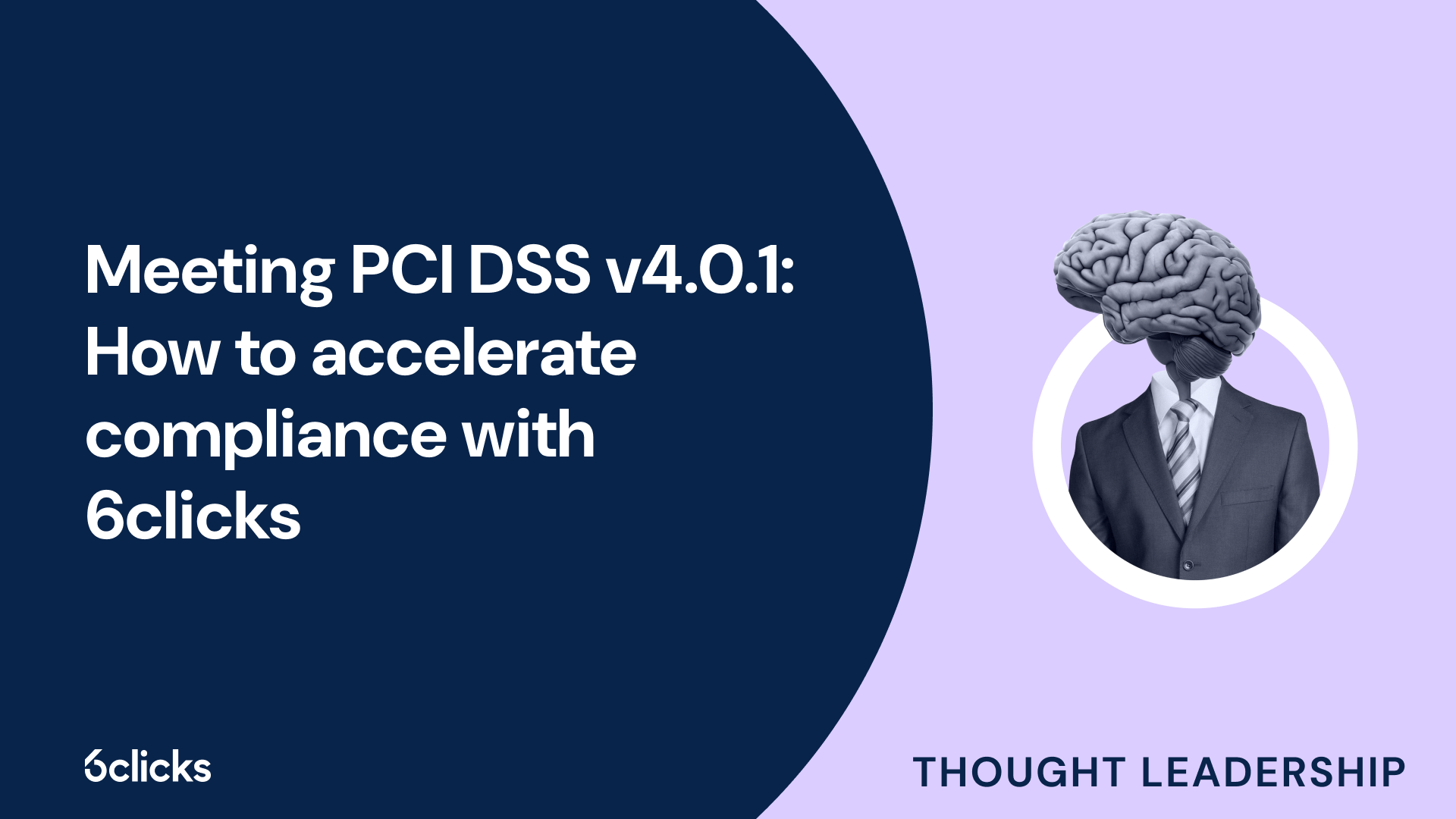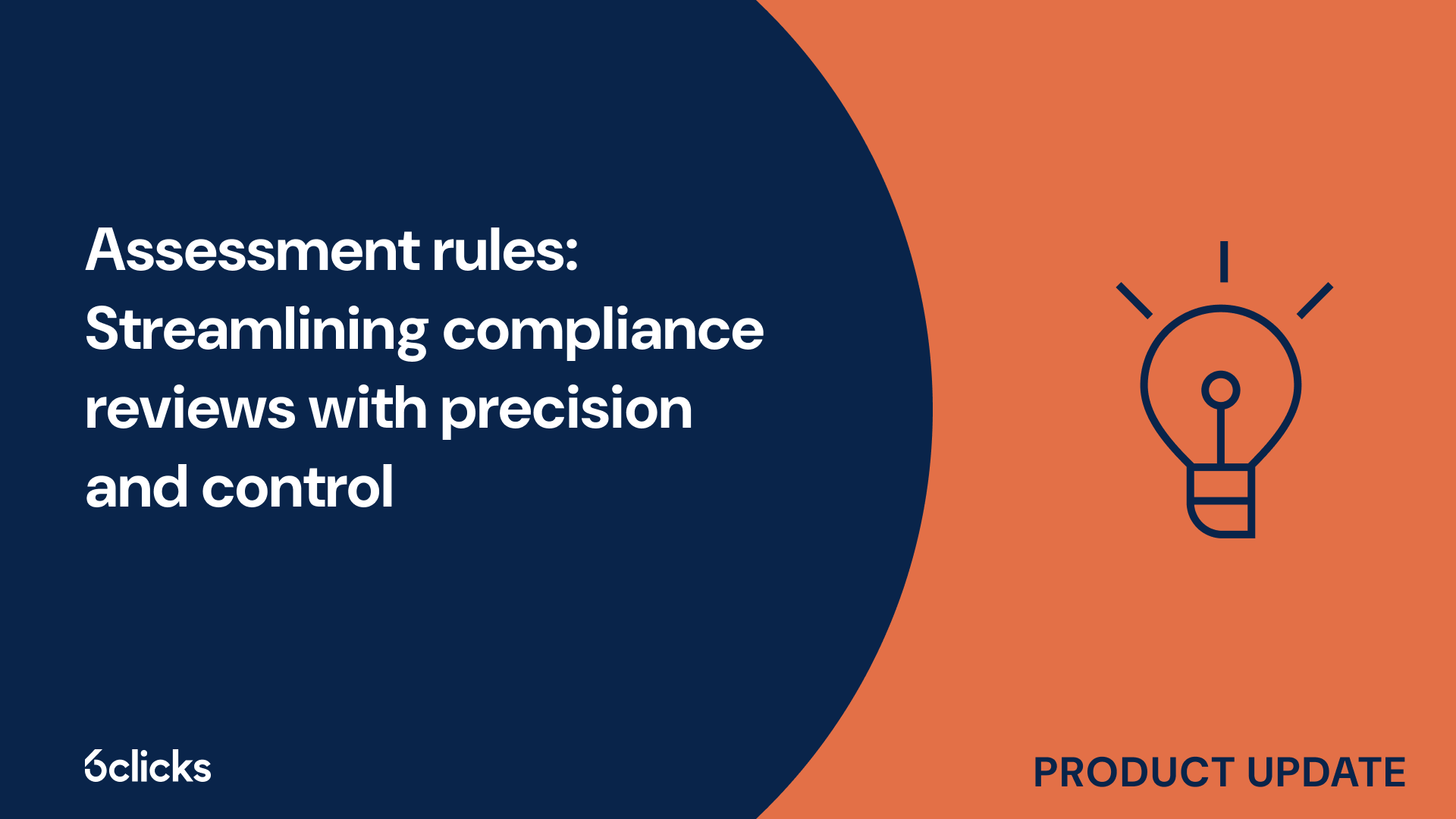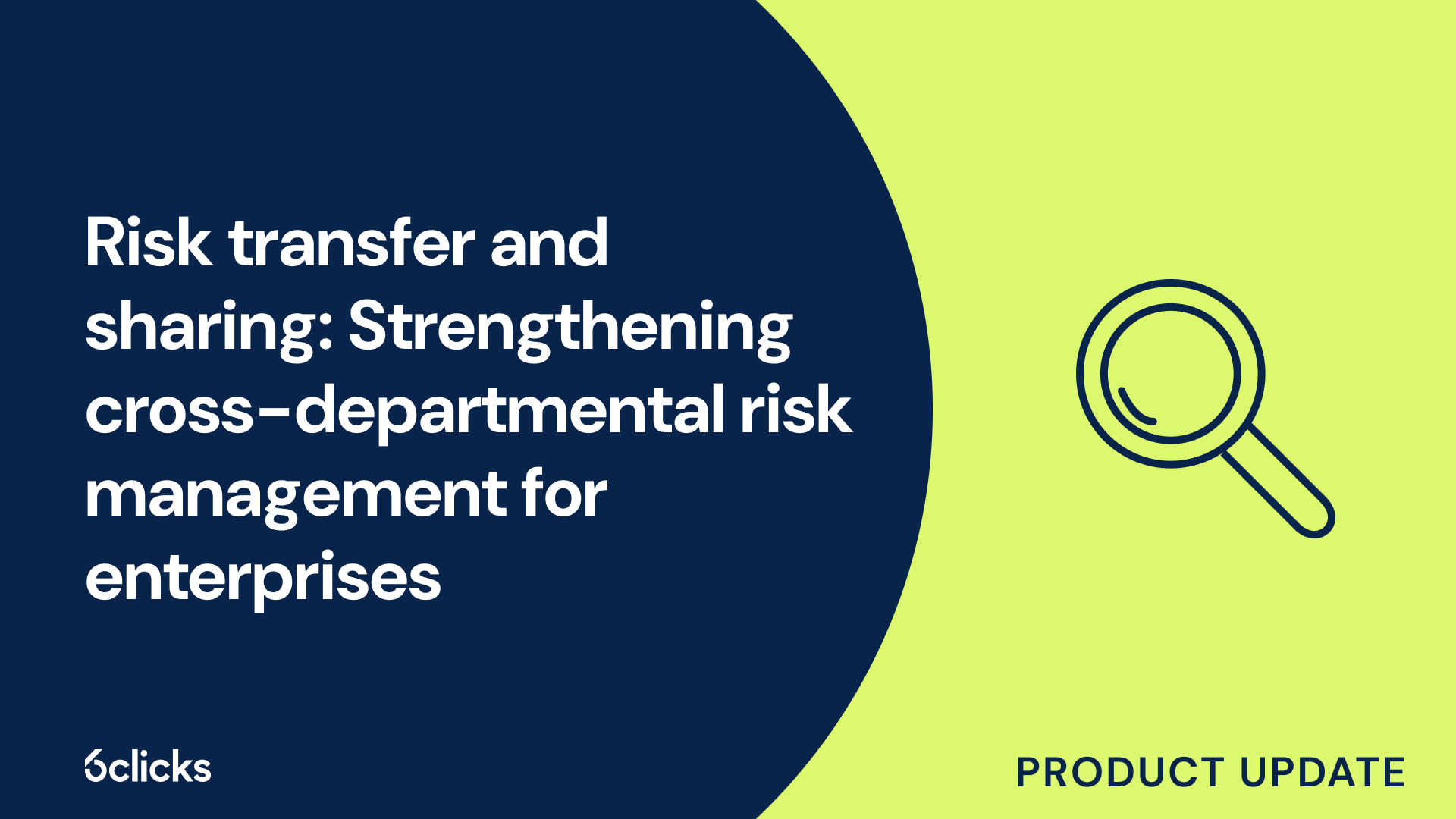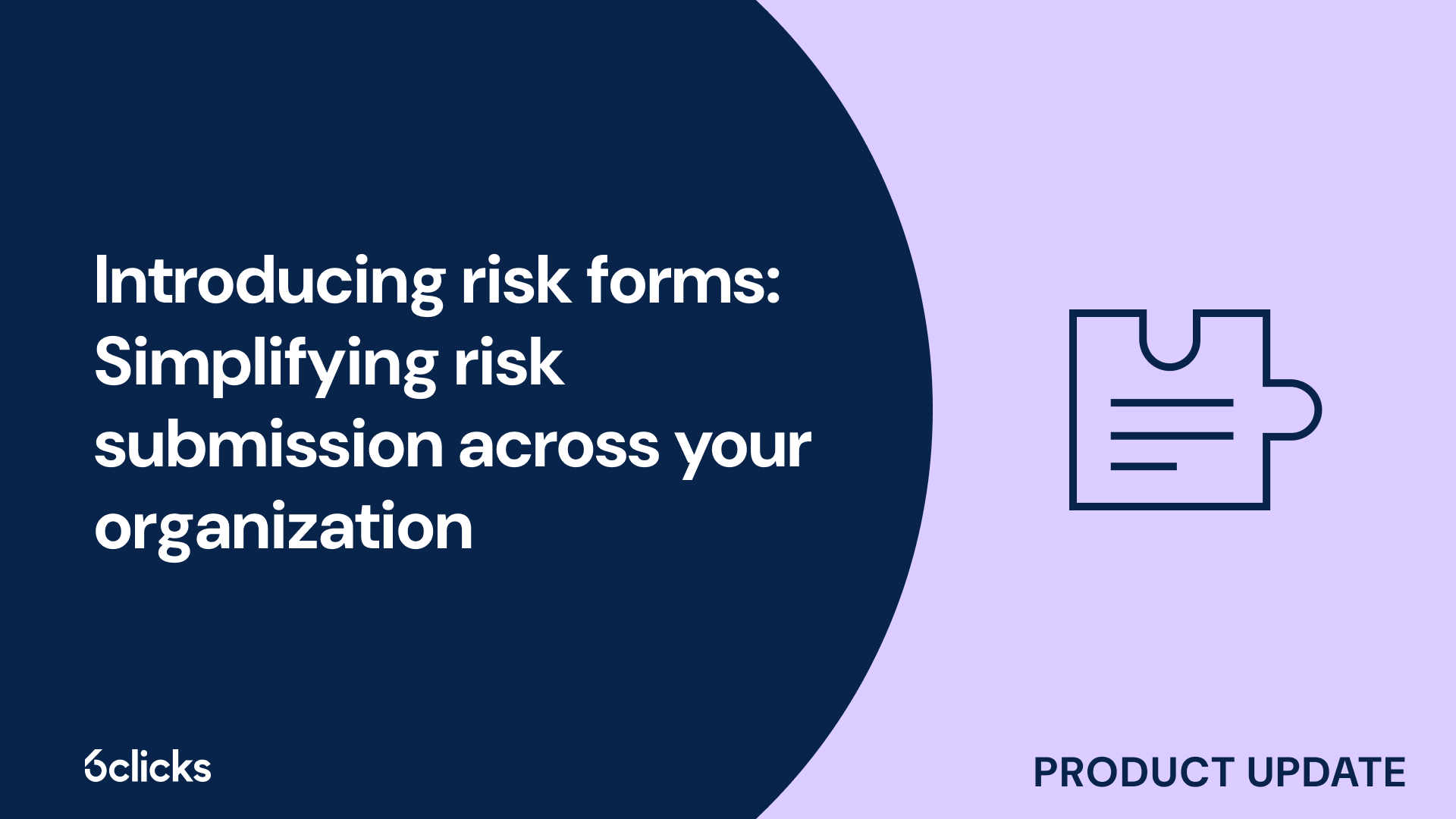Cyber resilience in 2025: Your smart guide to NIST CSF
Boost your organization's cyber resilience with this expert guide to the NIST Cybersecurity Framework. Learn to assess risk, improve security posture, and automate compliance with AI-powered tools.
-1.png?width=200&height=249&name=Group%20193%20(1)-1.png)
Cyber resilience in 2025: Your smart guide to NIST CSF
Definition of NIST 800-53
NIST 800-53 is a comprehensive set of security controls and guidelines developed by the National Institute of Standards and Technology (NIST) in the United States. It provides a framework for managing and mitigating security risks in federal information systems and organizations. NIST 800-53 focuses on the protection of sensitive information and the security of information systems from a wide range of threats. This framework is widely recognized and used by federal agencies, as well as organizations in various industries that handle sensitive data. It offers a systematic approach to security management and includes a set of security controls that can be customized based on an organization's specific needs and requirements. Compliance with NIST 800-53 is often a contractual obligation for federal agencies and is considered a benchmark for assessing an organization's security posture.
Definition of ISO 27001
ISO 27001 is an international standard that provides a framework for establishing, implementing, maintaining, and continually improving an organization's information security management system (ISMS). Its primary purpose is to ensure the confidentiality, integrity, and availability of an organization's information assets.
ISO 27001 lays out the requirements for establishing an effective ISMS, which includes policies, procedures, processes, and controls to manage information security risks. It encompasses a systematic approach to identifying, assessing, and mitigating security risks, as well as establishing a culture of security within the organization.
Key features of ISO 27001 include a risk-based management approach, which allows organizations to identify and prioritize information security risks based on their potential impact and likelihood. It also provides a framework for establishing and monitoring security objectives and metrics to measure the effectiveness of the ISMS. Additionally, ISO 27001 emphasizes the involvement of senior management in setting the direction and commitment towards information security.
ISO 27001 is widely adopted by organizations worldwide as a recognized benchmark for information security management. It helps organizations protect their sensitive information, intellectual property, and customer data from unauthorized access, disclosure, alteration, or loss. By implementing ISO 27001, organizations can enhance their security posture, demonstrate compliance with regulatory requirements, and provide assurance to their stakeholders that information assets are being managed and protected effectively.
Similarities between NIST 800-53 and ISO 27001
NIST 800-53 and ISO 27001 are both important frameworks that aim to protect an organization's data and cybersecurity. While they have some differences, there are several similarities between these frameworks.
Both NIST 800-53 and ISO 27001 prioritize data protection and cybersecurity. They provide guidance and standards for organizations to implement measures to safeguard their sensitive information. This includes establishing policies, procedures, and controls to manage and protect data.
An important similarity is that both frameworks emphasize the importance of a risk management approach. ISO 27001 provides a systematic approach for identifying, assessing, and mitigating information security risks on an international level. It allows organizations to prioritize risks based on their potential impact and likelihood. Similarly, NIST 800-53 focuses on security controls specifically for Federal Information Systems and Organizations, providing a comprehensive framework for managing and mitigating risks in line with regulatory requirements.
Overview of NIST 800-53
NIST 800-53 is a security framework developed by the National Institute of Standards and Technology (NIST) in the United States. It provides a set of security controls and guidelines for federal information systems and organizations to protect and manage their sensitive data. NIST 800-53 focuses on risk management and compliance with regulatory requirements, offering a comprehensive approach to address cybersecurity risks and threats. It is widely recognized as the leading framework for federal agencies and provides a blueprint for implementing robust security measures to safeguard information assets. By utilizing NIST 800-53, organizations can enhance their security posture, strengthen their cybersecurity programs, and ensure the protection of critical data from potential breaches or unauthorized access.
History of NIST 800-53
The history of NIST 800-53 can be traced back to the efforts of the National Institute of Standards and Technology (NIST) to develop a comprehensive catalog of security and privacy controls for Federal Information Systems and Organizations. Originally focused on meeting the unique needs of US government agencies, the NIST 800-53 standard has undergone significant revisions to become a more generalized and widely adopted framework for cybersecurity.
NIST 800-53 was first published in 2005 as a response to the growing threats and security challenges faced by federal agencies. The initial release provided a common set of security controls that could be implemented across all federal information systems. Subsequent revisions incorporated feedback from government agencies and industry stakeholders, leading to the development of a control catalog that covers a wide range of security areas including access control, incident response, system and communications protection, and risk management.
In recent years, NIST 800-53 has gained popularity outside the federal government sector, as organizations recognize the importance of adopting robust cybersecurity measures. The standard's focus on risk management and the flexibility it offers in tailoring controls to specific environments make it a valuable resource for private industry as well.
Who is NIST 800-53 designed for?
NIST 800-53 is a comprehensive cybersecurity standard designed primarily for federal agencies. However, its relevance extends beyond the government sector, making it a valuable resource for various industries and organizations. This standard serves as the foundation for controls found in other related frameworks, such as NIST 800-171 and the Cybersecurity Maturity Model Certification (CMMC).
Industries that commonly use NIST 800-53 include defense contractors, government contractors, technology businesses, and general businesses with a focus on robust cybersecurity measures. Government contractors, in particular, heavily rely on NIST 800-53 to ensure compliance with regulatory requirements and to protect sensitive information. The standard's risk-based approach allows organizations to tailor security controls based on their specific needs and risk profile.
NIST 800-53 provides a control catalog covering various security areas, including access control, incident response, system protection, and risk management. By incorporating this standard into their cybersecurity programs, organizations across industries can enhance their security posture and mitigate cybersecurity risks effectively.
What are the requirements of NIST 800-53?
The requirements of NIST 800-53 cover several key areas, including access control, audit and accountability, system and communication protection, incident response, awareness and training, and privacy and security controls.
For access control, organizations must implement measures to ensure that only authorized individuals can access critical information systems and data. This includes the use of strong authentication methods, role-based access controls, and periodic access reviews.
Audit and accountability requirements focus on the need to monitor and track system activities to detect, deter, and investigate any unauthorized access or changes. Organizations must establish and maintain audit logs, regularly review and analyze these logs, and take appropriate actions based on the findings.
System and communication protection requirements call for the implementation of technical security measures to protect information systems and the communications networks they operate on. This includes encryption of sensitive data, network segmentation, and regular vulnerability scans.
Incident response requirements emphasize the need for organizations to have a well-defined and tested plan in place to respond to and recover from cybersecurity incidents. Organizations must establish incident response teams, develop incident response procedures, and regularly test their effectiveness.
Awareness and training requirements focus on educating employees and contractors about their cybersecurity responsibilities and best practices. Regular training sessions and awareness campaigns help reduce human errors and improve overall cybersecurity hygiene.
Lastly, privacy and security controls requirements call for the implementation of safeguards to protect personally identifiable information (PII) and other sensitive data. This includes data classification, encryption, and secure disposal procedures.
Compliance with NIST 800-53 enhances security by providing organizations with a comprehensive set of controls and guidelines to protect their systems and data. It ensures legal and regulatory compliance by aligning with various cybersecurity laws and regulations.
Moreover, adherence to these requirements improves risk management by identifying and mitigating potential vulnerabilities and threats. By implementing these controls, organizations can effectively manage risks and reduce the likelihood and impact of security incidents.
Lastly, compliance with NIST 800-53 can provide a competitive advantage. It demonstrates to stakeholders, clients, and partners that an organization has a robust cybersecurity program in place, giving them confidence in the organization's ability to protect sensitive information and maintain the confidentiality, integrity, and availability of systems and data.
Overview of ISO 27001
ISO 27001 is an international standard that provides a systematic approach to managing information security. It specifies the requirements for establishing, implementing, maintaining, and continually improving an organization's information security management system (ISMS). The standard helps organizations identify and manage their information security risks, protect customer and sensitive data, and ensure the confidentiality, integrity, and availability of information. ISO 27001 focuses on a risk-based approach, where organizations conduct regular risk assessments and implement appropriate controls to manage identified risks. It also emphasizes the importance of senior management leadership and commitment to information security, as well as the involvement of all employees in ensuring the effectiveness of the ISMS. Certification to ISO 27001 demonstrates an organization's commitment to information security and can provide assurance to external stakeholders, such as customers and regulatory bodies.
History of ISO 27001
ISO 27001 is an international standard for Information Security Management Systems (ISMS) developed by the International Organization for Standardization (ISO). It provides a framework for establishing, implementing, maintaining, and continually improving an organization's information security management system.
The history of ISO 27001 dates back to the early 1990s when it was first developed as ISO 17799 by the British Standard Institute (BSI). This standard focused on best practices for information security controls. In 2005, the BSI adopted a risk management approach and renamed the standard to ISO 27001.
Since then, ISO 27001 has undergone several updates and revisions to ensure its relevance and effectiveness in addressing the rapidly evolving cybersecurity landscape. The most recent update was in 2013, which expanded the scope of the standard to include cloud computing and mobile technology. ISO 27001 now provides organizations with a comprehensive framework for managing and protecting their information assets.
With the increasing cybersecurity risks and regulatory requirements, ISO 27001 has gained widespread adoption globally. It helps organizations identify and assess security risks, implement appropriate security controls, and monitor and manage their information security program. ISO 27001 not only helps organizations protect their information assets but also enhances their overall security posture and builds trust with external stakeholders.
Who is ISO 27001 designed for?
ISO 27001 is designed for organizations of all sizes and industries that want to effectively manage and protect their information assets. It is particularly relevant for organizations that handle sensitive information, such as personal data, financial records, intellectual property, and customer information.
The target audience for ISO 27001 includes senior management, IT professionals, information security managers, risk managers, compliance officers, and any other individuals responsible for managing and safeguarding an organization's information assets.
The purpose of ISO 27001 is to establish an Information Security Management System (ISMS) that enables organizations to identify, assess, and manage information security risks. It provides a systematic approach to managing information security by defining processes, policies, and controls for the protection of information assets.
Implementing ISO 27001 offers several key benefits to organizations. It helps improve the overall security posture and reduces the likelihood of security incidents and breaches. By implementing a risk-based approach, organizations can better protect their information assets and ensure business continuity. ISO 27001 also helps organizations comply with regulatory requirements and contractual obligations related to information security. Additionally, it enhances the organization's reputation and builds trust with customers, partners, and other external stakeholders.
What are the requirements of ISO 27001?
ISO 27001 sets out specific requirements for implementing an effective Information Security Management System (ISMS). These requirements aim to ensure that organizations can identify, assess, and manage information security risks.
One key requirement is the risk management process. This involves systematically identifying and assessing risks to information assets, determining the appropriate risk treatment options, and implementing controls to mitigate those risks. By taking a risk-based approach, organizations can prioritize their efforts and resources on the most significant security risks.
Another requirement is asset management practices. Organizations must identify and document their information assets, including physical and digital assets, and determine their value and importance. This allows for the effective protection of these assets through appropriate controls and security measures.
Continuous improvement strategies are also essential. ISO 27001 requires organizations to establish processes for monitoring, evaluating, and improving their information security management system over time. This ensures that the system remains effective in addressing evolving threats and vulnerabilities.
Lastly, incident management procedures are crucial. Organizations must have processes in place to detect, respond to, and recover from security incidents. This includes procedures for reporting incidents, assessing their impact, and implementing corrective actions to prevent similar incidents in the future.
By implementing these requirements, organizations can ensure effective information security management. They can proactively identify and mitigate risks, protect valuable assets, continuously improve their security practices, and respond effectively to security incidents. This helps to safeguard sensitive information, maintain customer trust, and comply with regulatory requirements.
Differences between NIST 800-53 and ISO 27001
NIST 800-53 and ISO 27001 are two widely recognized cybersecurity frameworks that organizations can implement to enhance their information security management systems. While they both aim to protect information assets and manage cybersecurity risks, they differ in certain aspects. Understanding these differences can help organizations choose the most appropriate framework for their specific needs and compliance requirements. In this article, we will explore the key differences between NIST 800-53 and ISO 27001, focusing on their approach to risk management, asset management, continuous improvement, and incident management. By comparing these frameworks, organizations can gain a clearer understanding of the unique benefits and requirements associated with each, and make informed decisions to strengthen their cybersecurity posture.
Scope and objectives
The scope and objectives of NIST 800-53 and ISO 27001 in the context of information security frameworks differ in certain ways. NIST 800-53 primarily focuses on the technical aspects of security and is specifically developed for the US federal government. Its objective is to provide a comprehensive set of security controls and measures to protect federal information systems and data.
On the other hand, ISO 27001 is a broader framework that encompasses the overall management of information security in organizations. It aims to establish, implement, maintain, and continually improve an information security management system (ISMS). The scope of ISO 27001 covers all types and sizes of organizations in various sectors, both in the public and private domain.
While NIST 800-53 is more specific to the US federal government, ISO 27001 can be applied by organizations globally. NIST 800-53 is developed based on the specific needs and requirements of federal agencies, taking into consideration regulatory requirements, security incidents, and risk assessments unique to the federal government.
In contrast, ISO 27001 takes a risk-based approach and allows organizations to align their information security measures with their specific business goals, processes, and the overall business environment. It emphasizes the systematic management of information security and involves a broad range of controls and measures to address various cybersecurity risks and threats.
Controls covered
NIST 800-53 and ISO 27001 both cover a wide range of controls to address information security concerns, although their approaches and focus areas differ.
NIST 800-53 provides a comprehensive set of security controls specifically tailored for federal agencies in the United States. These controls cover a variety of areas, including access control, system and information integrity, incident response, and risk management. NIST 800-53 places particular emphasis on the protection of sensitive government information and systems, and it aligns with regulatory requirements unique to federal agencies. It provides a detailed framework for federal agencies to manage security incidents, implement security measures, and comply with stringent regulatory obligations.
On the other hand, ISO 27001 covers a broader range of controls applicable to organizations of all types and sizes globally. It takes a risk-based approach, emphasizing the management of information security in alignment with an organization's specific business goals and processes. ISO 27001 covers areas such as information asset management, access control, cryptography, incident management, and business continuity planning. It provides a framework for organizations to assess risks, implement security measures, and ensure the protection of assets, including intellectual property and customer data.







